Safe to say, I’m not at all sure what to make of Senpai wa Otokonoko. The premiere was a mixed bag for me, modestly leaning to the positive. Some stuff worked, some didn’t. But it’s more a question of the subject matter. Mangaka Pom has bitten off a lot here, and given that this is his first serialized work it’s hard to know whether he has the chops to chew it. At the very least I need a better sense of where he’s approaching the material from in order to sort out my own views on it.
Any time you’re dealing with a subject like crossdressing in school, the first hurdle is whether the series is just going to mine it for cheap laughs and tropey humor. I don’t think that’s the case here – Pom seems largely to be trying to tell this story in a sensitive way. Then it’s a matter of whether the author can successfully do that. And there, who knows? There’s nothing much in project No. 9 or director Yanagi Shinsuke’s C.V. to suggest they’d be able to paper over any cracks the writing may have.
The protagonist here is Hanaokaa Makoto, a 2nd-year high school boy. The most obviously distinctive thing about him is that he cross-dresses, even in school (in fact he changes in a storage shed, suggesting his family is either unaware or disapproving). He’s aware that this makes him a bit of a social pariah, but makes no attempt to hide that this is who he is. But first-year Aoi Saki is unaware of Makoto’s open secret. When she confesses, she think she’s confessing to a beautiful senpai girl. Makoto wastes no time (to his credit) in informing her that he’s an otokonoko (though doing so by removing bis shirt seemed odd to me). But much to his surprise, that seems to pique her romantic interest even more.
It’s worth noting that boys who dress as girls don’t necessarily prefer other boys romantically, and nor do girls who dress as boys automatically prefer girls. Some do, some don’t. And Makoto seems to consider himself an “Ace” – at the very least he’s never developed romantic feelings for anyone, so he’s not really sure. He sees himself as a poor romantic target for Aoi, both because he fears what the association will do to her socially and that he can never develop feelings for her. But she’s totally undeterred, and proceeds to initiative a pursuit that borders on obsessive (and probably crosses the border).
The third corner of the series’ triangle is Taiga Ryuuji, Makoto’s childhood friend. He vehemently denies that he’s attracted to Makoto, while at the same time carrying around pictures of him. He hones in on Aoi as a potential rival, though there seems to be an element of his being protective here – Ryuji says a lot of people have “pursued” Makoto as a lark. Eventually Aoi becomes so impressed with Ryuji’s devotion to Makoto that she decides to become his disciple. That strikes me as a bit of a narrative cul-de-sac but I’ll refrain from final judgment at this early stage.
Again, the execution here was kind of a mixed bag. The repeated use of the chibified art style didn’t work for me at all. As for Aoi, she treads dangerously close to being really annoying. But Makoto’s circumstances are depicted with some sensitivity, and there’s certainly room for good dramedy on this theme. In this quarter Hourou Musuko is pretty much the undisputed paragon, and it wouldn’t be fair to hold anything else to that standard. But it does set the expectations level pretty high for me – if this sort of story isn’t done with some class and grace, it can get distasteful pretty darn quick. In every respect, then, it’s too early to guess where Senpai wa Otonoko is going to land.


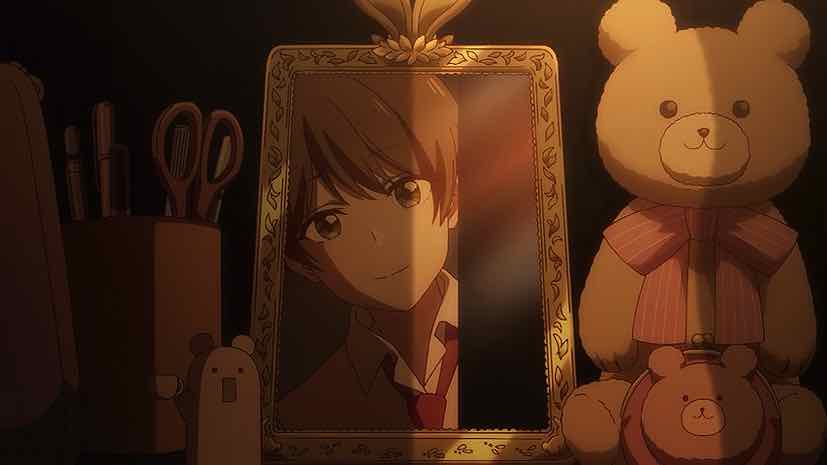

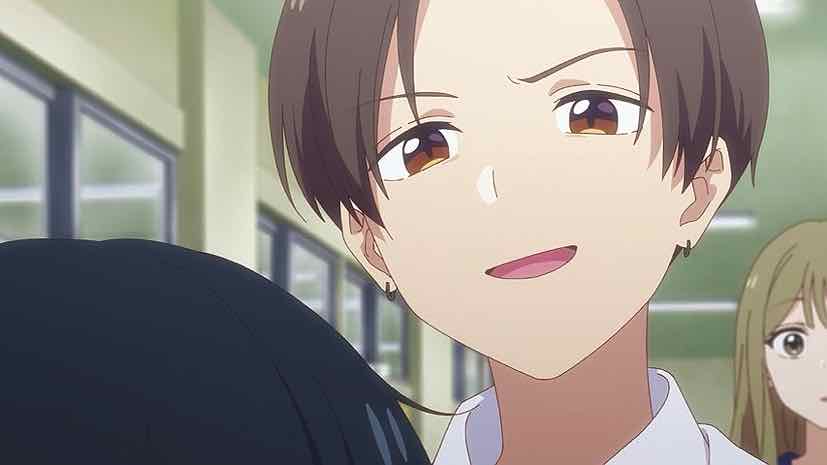
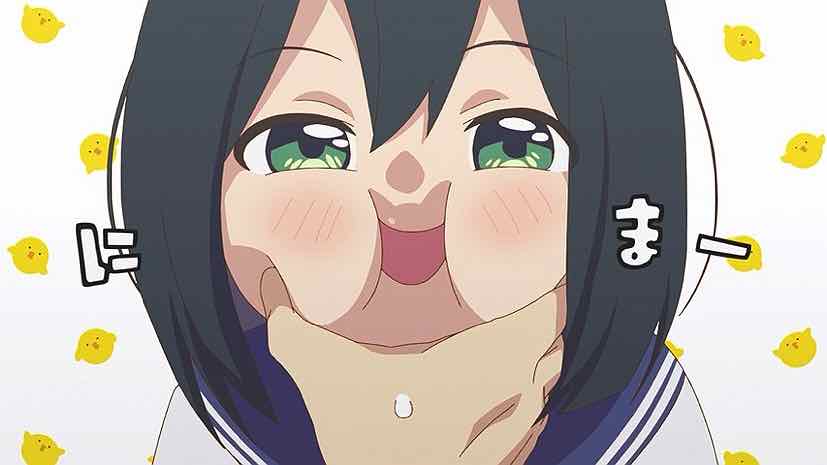
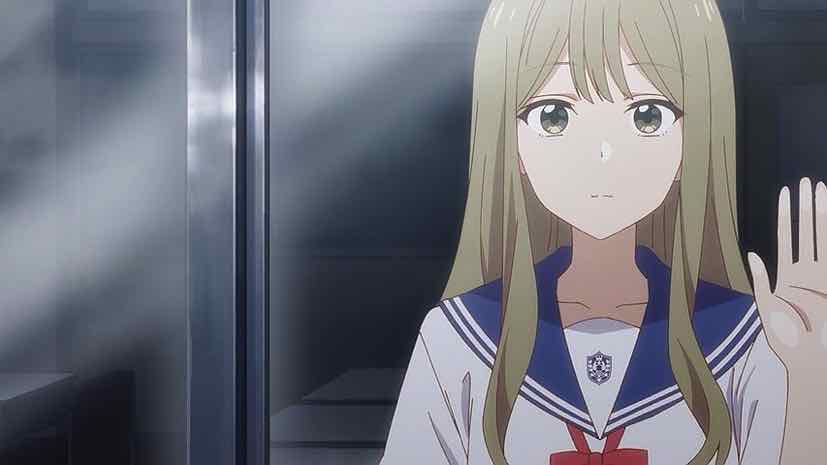
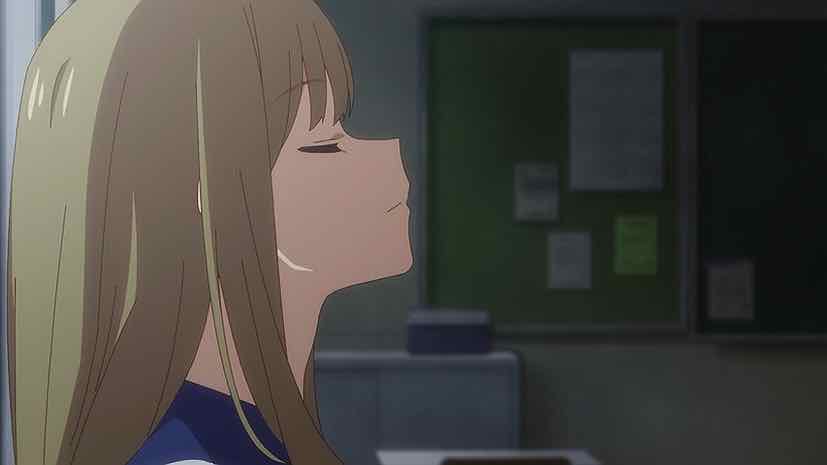
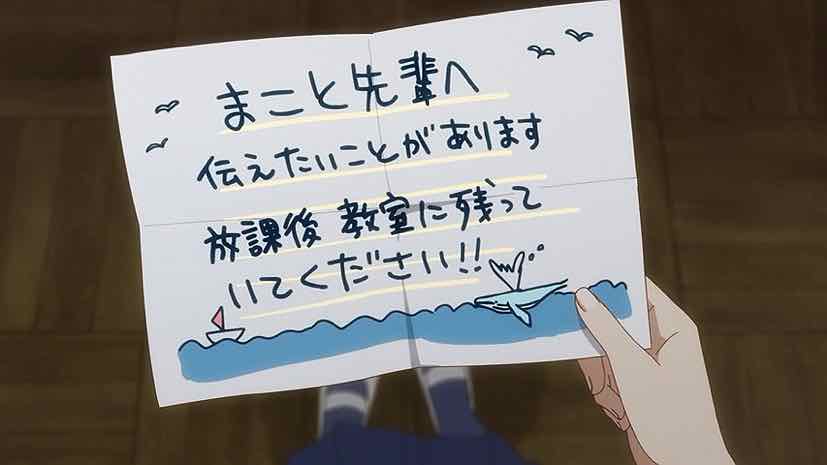



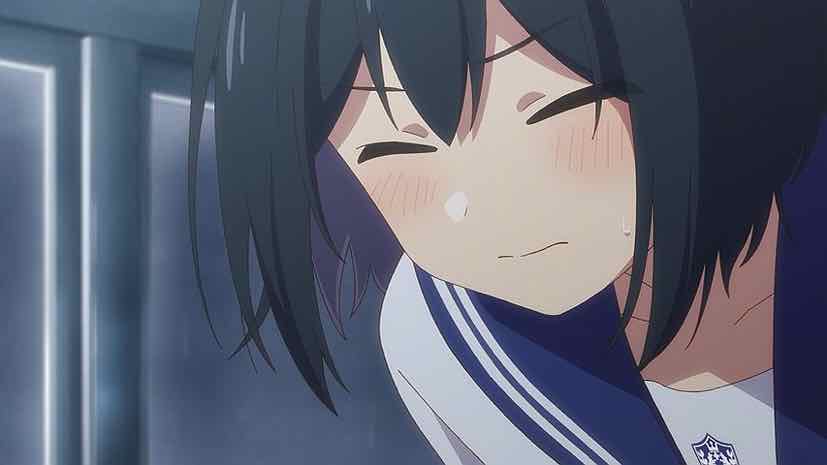
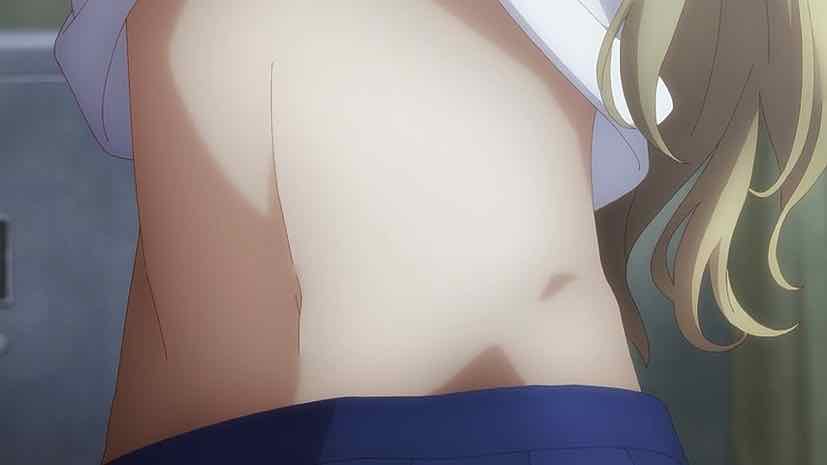

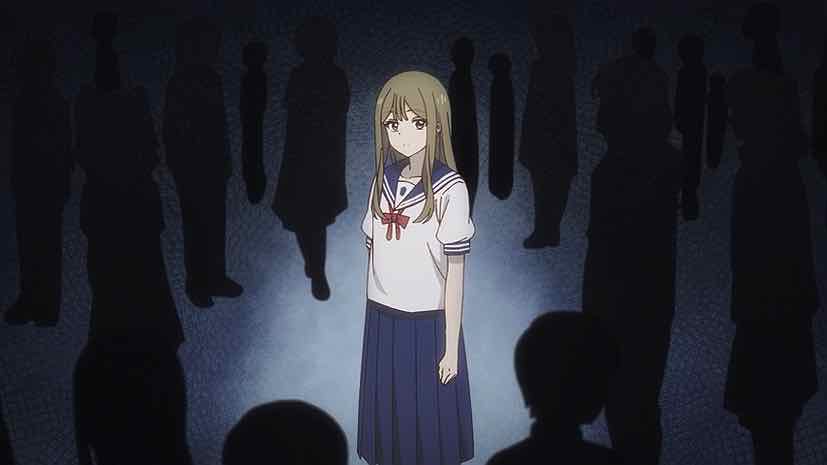

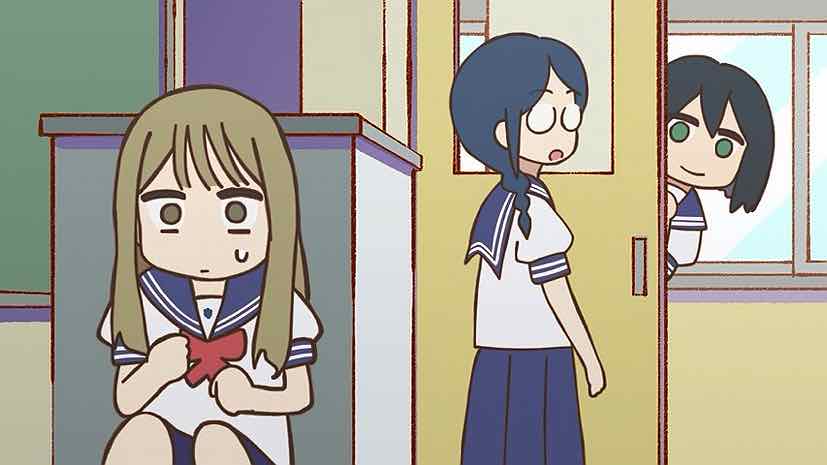

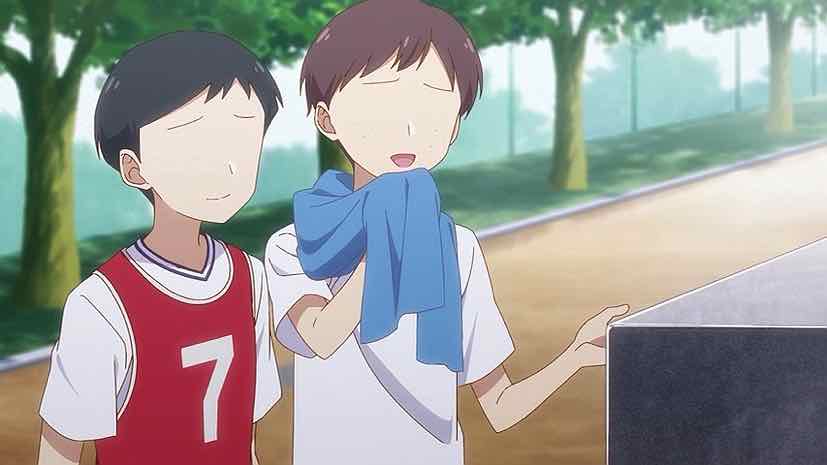


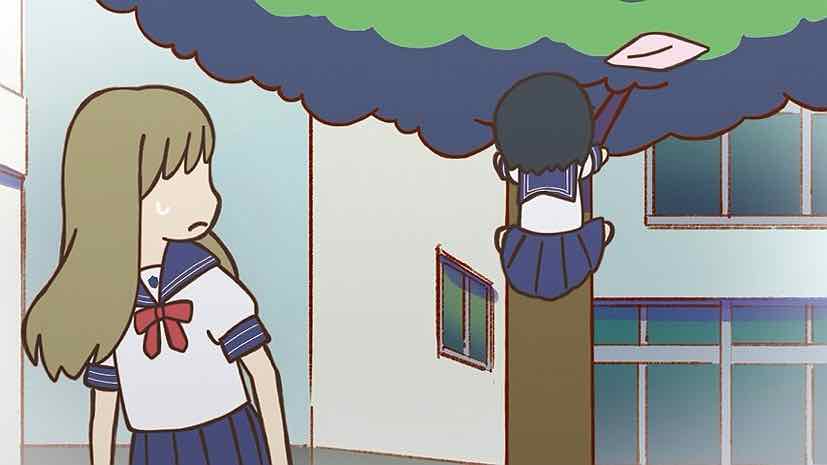

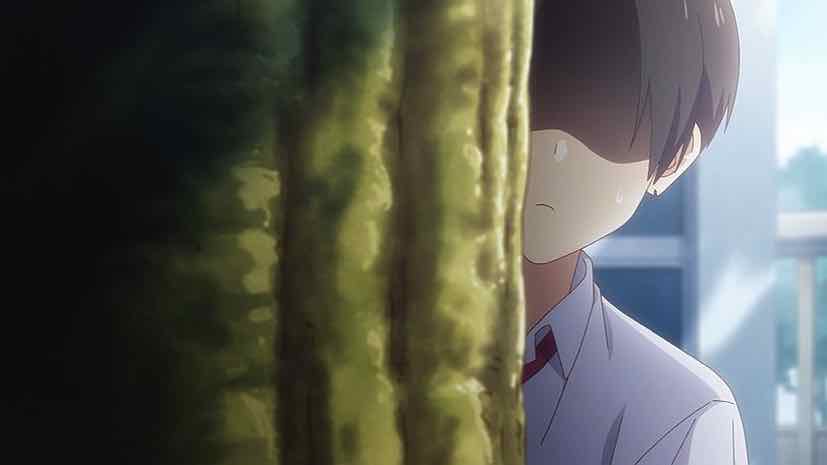
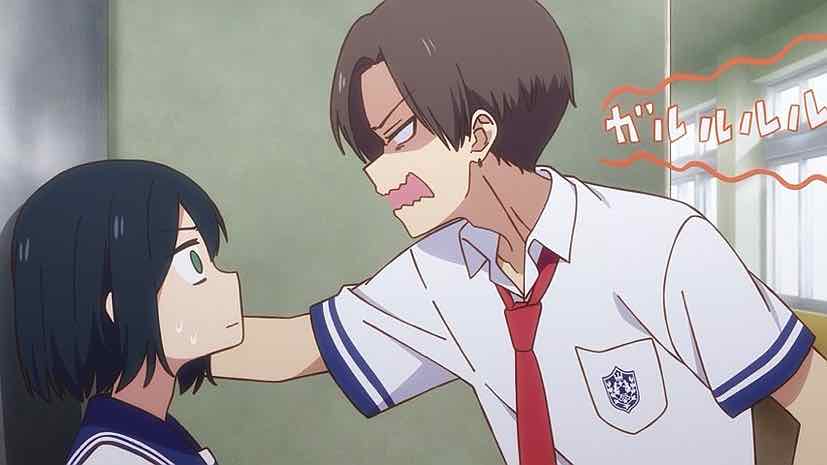

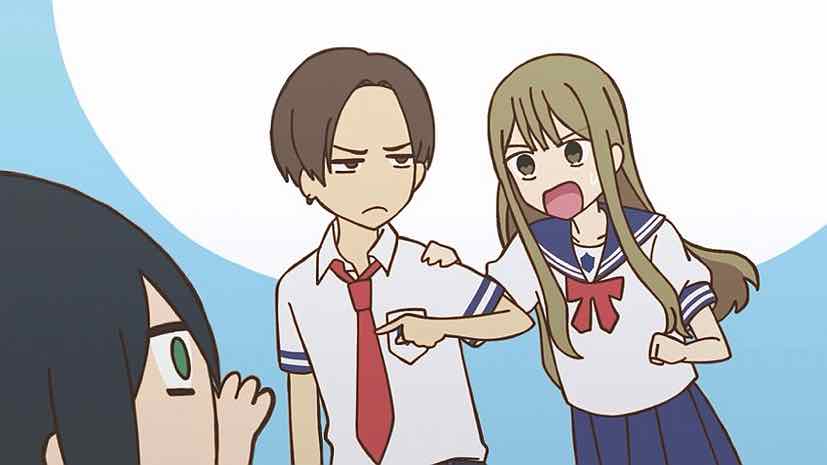
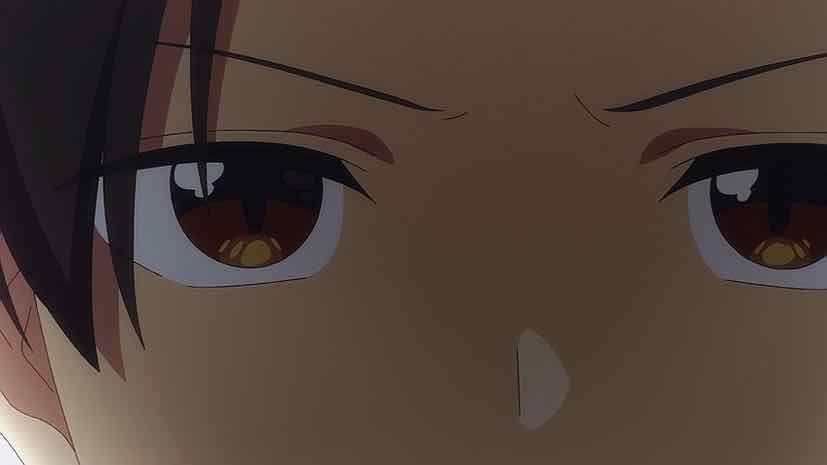
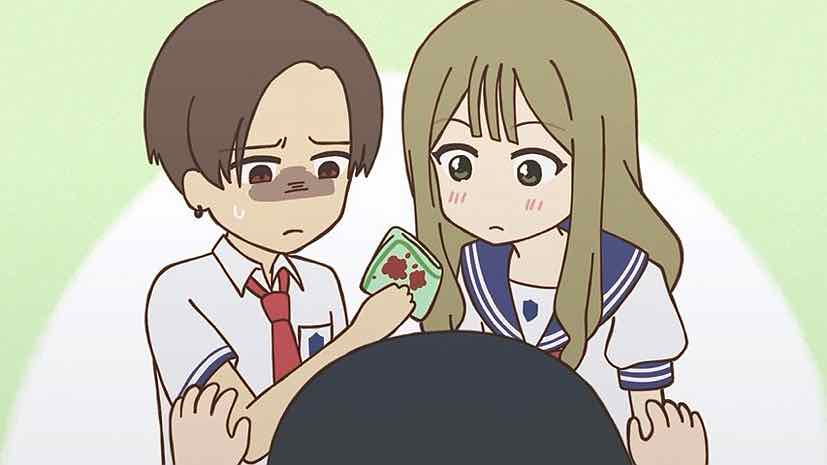
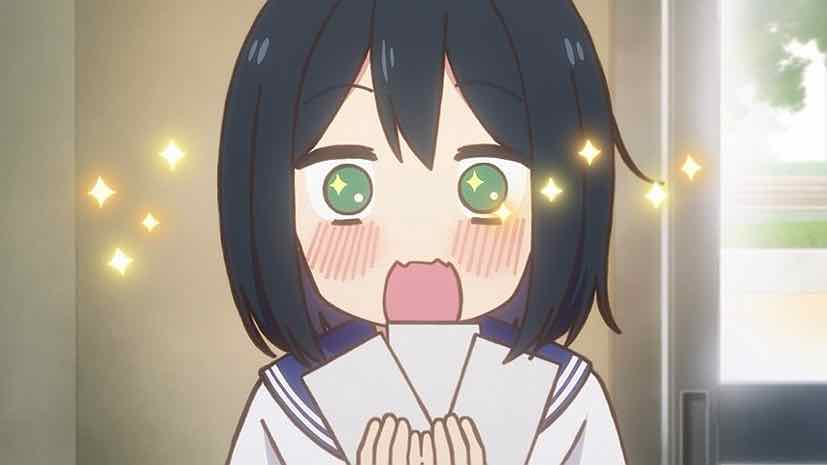
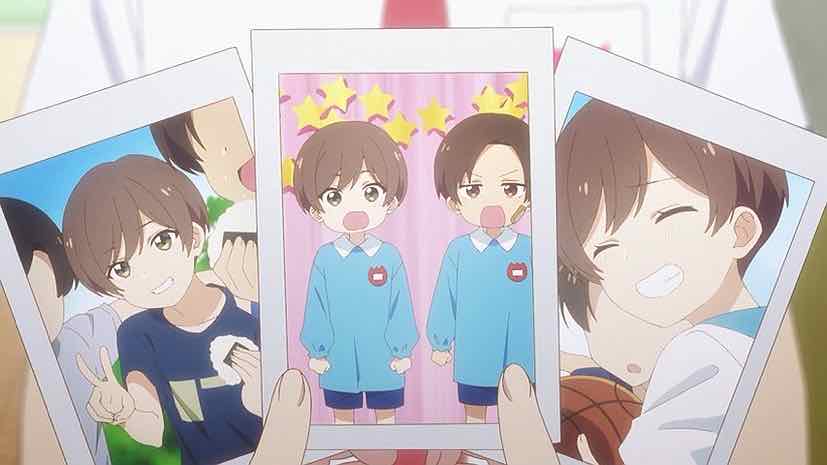
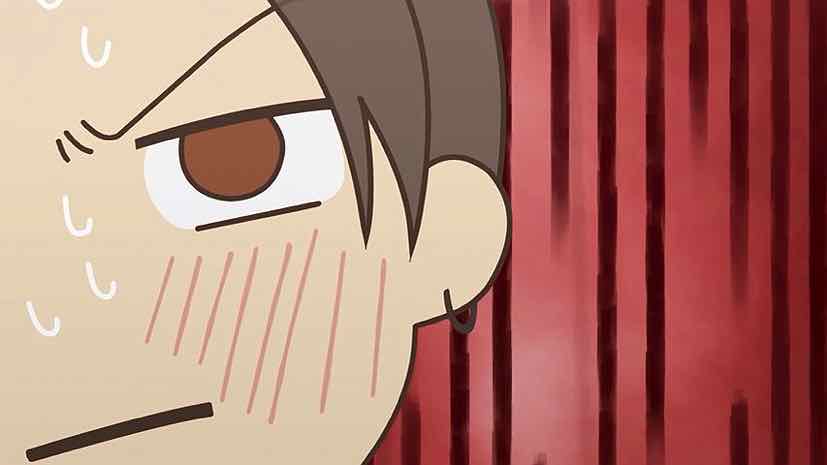

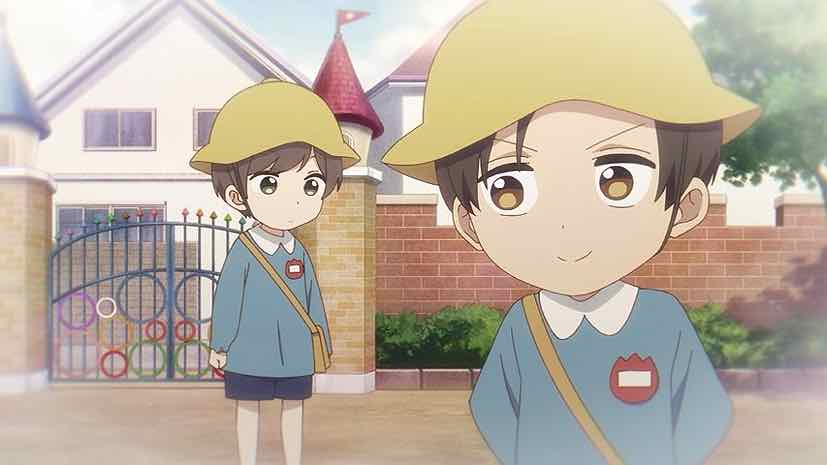
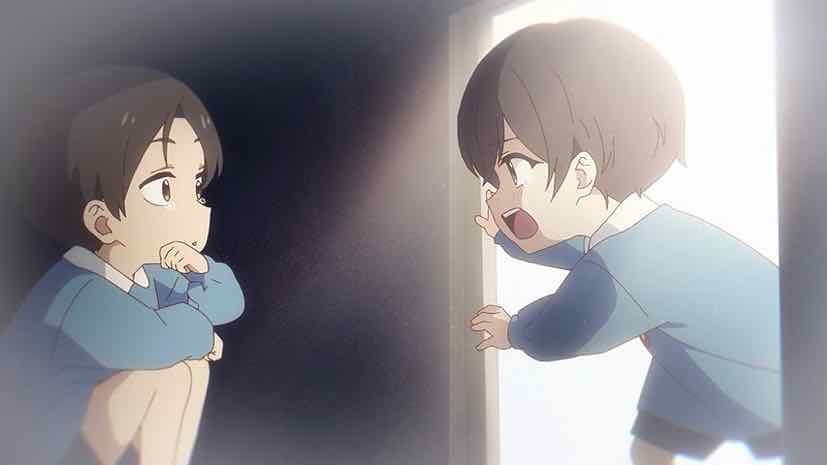

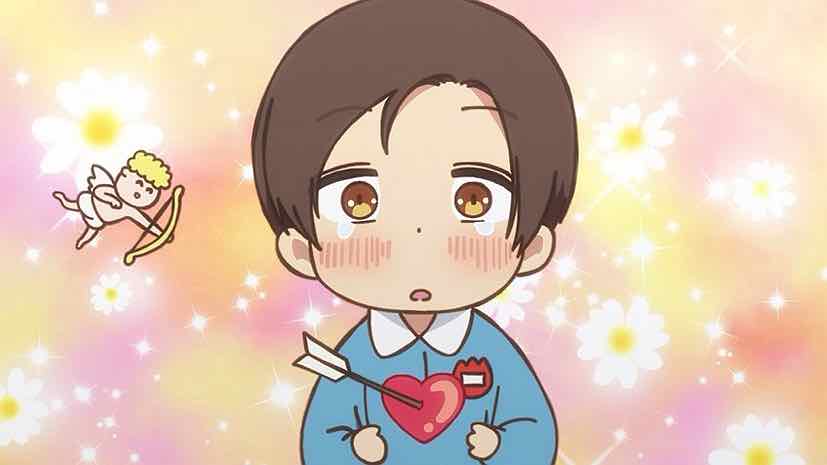


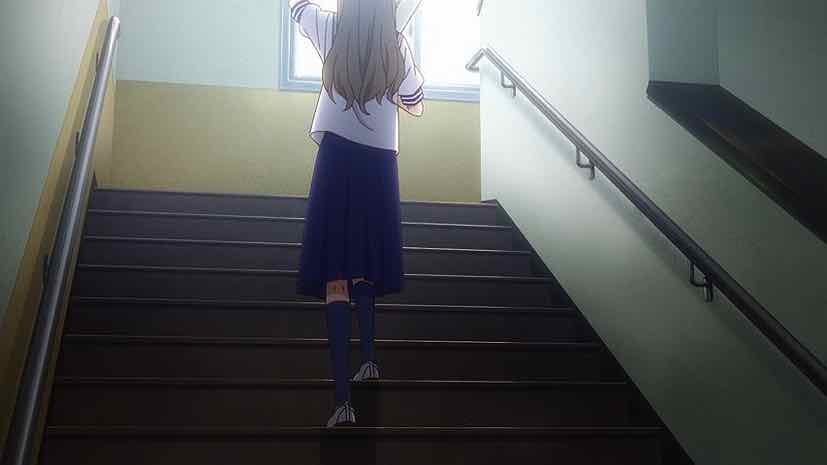

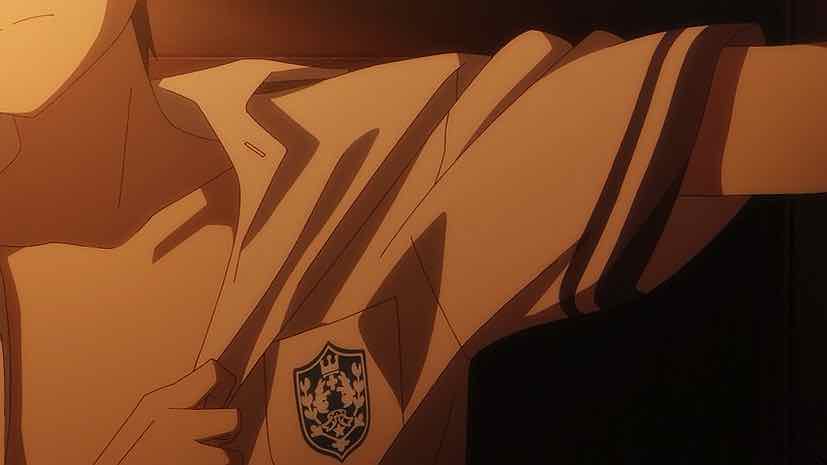
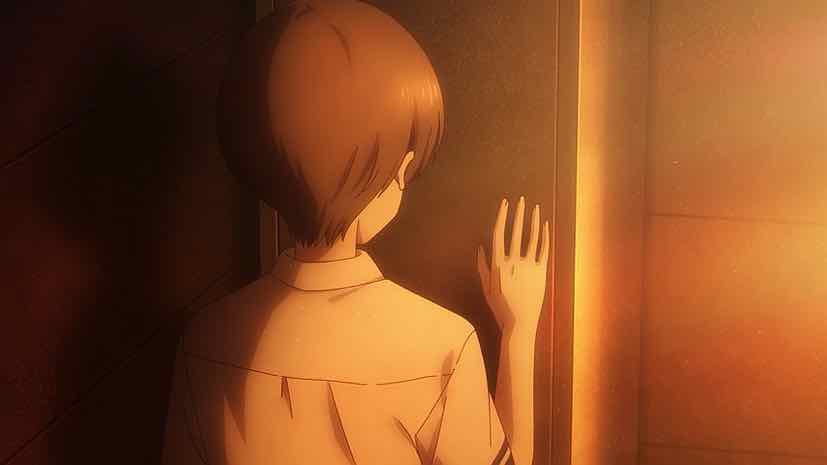
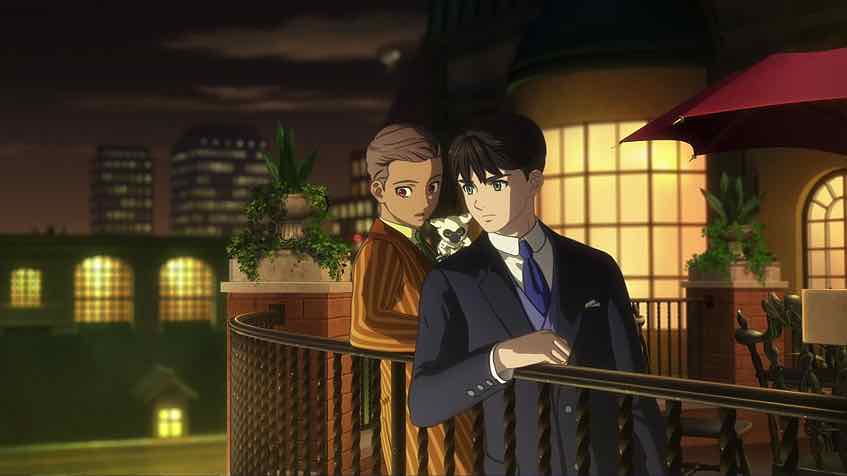

Llinos
July 10, 2024 at 3:31 pmI read the review before giving it a watch (because I’m trying to cut back on my seasonal anime ^.^;), and I didn’t realize how much they used chibis for everything. Does not bode well. I will give it an episode or two more, but the chibis take me out. They remind me of the Demon Slayer ones, very often unnecessary and distracting…..
Twilight Out of Focus had a nice 1st episode at least! Hoping it maintains itself.